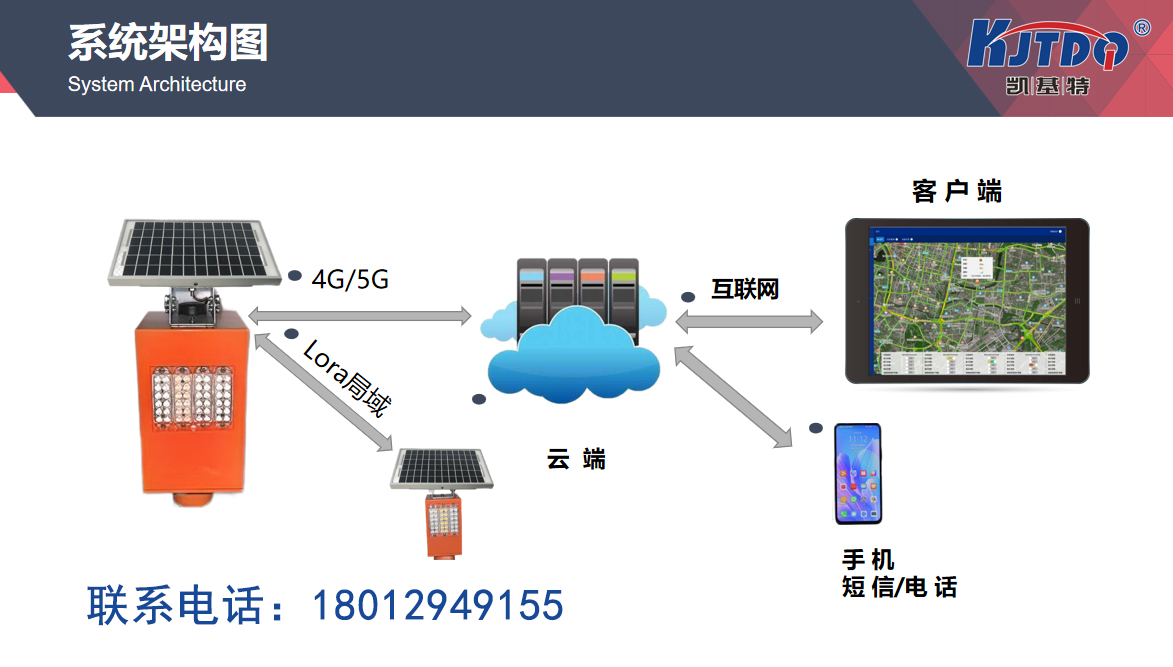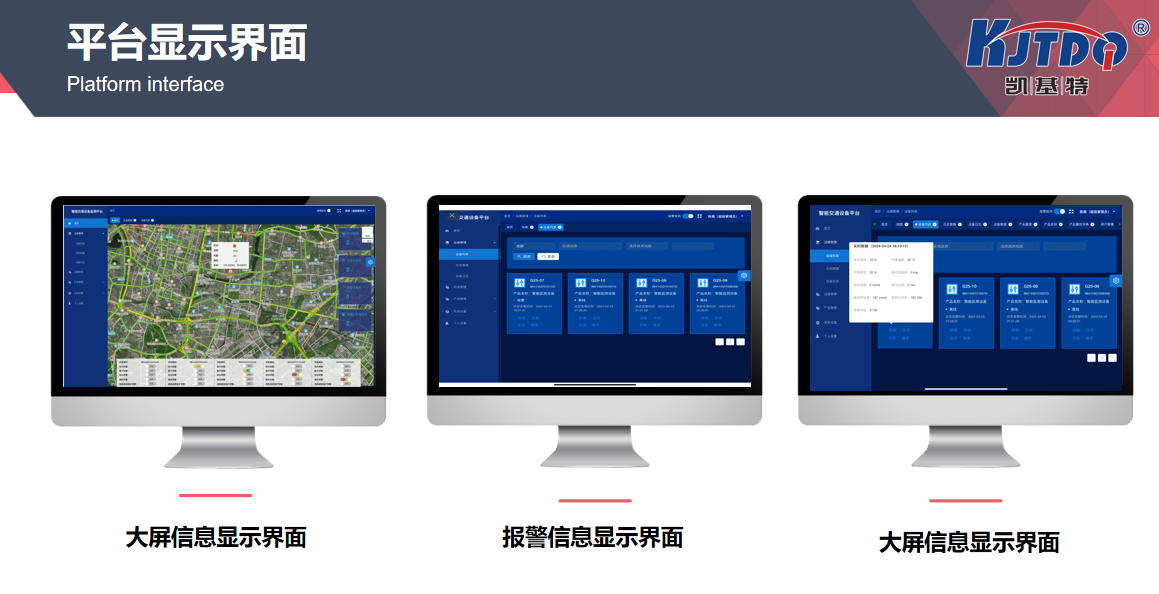In modern society, bridges serve as critical transportation infrastructure, and their safety directly affects people's lives and economic activities. Landslides are a major hidden danger that threatens the safety of bridges. Once they occur, they can not only cause huge economic losses, but also pose a serious threat to life safety. In order to prevent this risk, the emergence of a bridge landslide warning system is particularly important. This article will delve into the core role, technical characteristics, and practical value of the bridge landslide warning system, revealing how this advanced system effectively safeguards our bridge safety.

The bridge landslide warning system achieves real-time monitoring and warning of bridge landslide risks through advanced monitoring technology, data analysis, and warning mechanisms. These systems utilize various sensors and monitoring devices to collect data on bridges and their surrounding environment, such as soil moisture, geological structure, vibration conditions, etc. By analyzing these data, the system can promptly identify potential landslide risks and issue warnings before the risks occur, helping relevant departments take effective measures to ensure the safe operation of the bridge.
Firstly, the core function of the bridge landslide warning system is real-time monitoring and early warning. By deploying sensors around the bridge, the system can monitor real-time changes in the bridge's status and fluctuations in environmental factors. These data will be transmitted to the central control system and analyzed through advanced data processing algorithms to predict potential landslide risks. When the system detects an abnormal situation, it will immediately issue a warning message to prompt relevant departments to take emergency measures. This early warning mechanism can greatly reduce the threat of landslides to bridge safety, ensuring smooth traffic and safe driving.
Secondly, the technical characteristics of the bridge landslide warning system are also key to its effectiveness. Modern warning systems are typically equipped with various high-precision sensors, such as strain gauges, accelerometers, and geological sensors. These sensors can accurately measure the structural deformation, vibration, and soil moisture changes of bridges, providing comprehensive data support for early warning systems. At the same time, the system can also use data fusion technology to comprehensively analyze data from different sensors to improve the accuracy and reliability of prediction.
In addition, the bridge landslide warning system also has high automation and intelligence characteristics. Modern systems integrate automated data collection and analysis functions, allowing for real-time monitoring and analysis of data without the need for manual intervention. This not only improves the efficiency of the system, but also reduces human error in operation. Meanwhile, the intelligent warning mechanism can automatically adjust the warning threshold according to the actual situation to adapt to different environmental changes and bridge conditions, thereby providing more accurate warning information.
In practical applications, the bridge landslide warning system has demonstrated its outstanding effectiveness in multiple fields. For example, in some mountainous bridges, due to complex geological conditions and high rainfall, the risk of landslides is relatively high. By deploying warning systems, the safety of these bridges has been effectively improved. The system can issue warnings at critical moments before landslides occur, allowing relevant departments to quickly take measures such as restricting vehicle traffic and reinforcing bridges, thereby avoiding direct impact of landslides on bridges and ensuring public safety.
However, despite the significant advantages of the bridge landslide warning system in ensuring bridge safety, it still faces some challenges in practical operation. Firstly, the maintenance and management of the equipment. Due to the fact that early warning systems are usually installed in remote locations on bridges, maintenance and repair work is relatively difficult. Therefore, it is necessary to establish a sound maintenance mechanism and regular inspection system to ensure the normal operation of the system.
Secondly, the cost of the system is also an important factor to consider. Although high-precision sensors and advanced analysis algorithms can provide accurate warning information, their cost is relatively high. In practical applications, it is necessary to comprehensively consider the investment cost of the system and the safety benefits it brings in order to make reasonable decisions.
Overall, the bridge landslide warning system has played an important role in modern infrastructure protection. It can not only provide timely warning information, but also greatly improve the safety of bridges through intelligent analysis and automated operations. Although there are some challenges in the implementation process, they can be overcome through scientific management and technological advancements. In the future, with the continuous development of technology and the popularization of applications, it is believed that the bridge landslide warning system will provide reliable safety guarantees for more bridges and make greater contributions to the safety and development of society.

In my opinion, the widespread application of bridge landslide warning systems is not only a technological advancement, but also a profound commitment to public safety. We should fully recognize the severity of landslide risks and actively promote the popularization and application of early warning systems. Only in this way can we ensure the safe operation of bridges and the safety of every bridge user in the face of natural disasters and environmental changes.
1. What is the actual application effect of the bridge landslide warning system?
The bridge landslide warning system has shown significant effectiveness in practical applications. For example, in some mountainous and geologically complex areas, these systems have helped reduce the impact of landslides on bridges. In some cases, the system can issue warnings several hours to several days in advance, allowing relevant departments to take timely measures such as closing bridges, reinforcing structures, or evacuating personnel. This timely response greatly reduces the damage caused by landslides, ensuring traffic safety and the safety of people's lives and property. In addition, the data collection and analysis of the system also provide valuable information for subsequent bridge maintenance and improvement.
2. What aspects should be paid attention to in the maintenance and management of the bridge landslide warning system?
Maintaining and managing the bridge landslide warning system is key to ensuring its long-term effective operation. Firstly, regular inspection and maintenance of equipment are crucial. Due to the fact that the sensors and control equipment of the warning system are usually installed in remote or difficult locations on bridges, regular inspections and maintenance work can ensure the normal operation of the equipment and prevent the loss of warning information caused by equipment failures. Secondly, the accuracy of the data also requires regular calibration and verification. The sensors in the system may be affected by environmental changes, so their data needs to be regularly compared and calibrated. In addition, training for technical personnel is also an important part to ensure that they are proficient in operating and maintaining the system.
3. Is the investment cost of the bridge landslide warning system worth it?
Although the investment cost of the bridge landslide warning system is relatively high, the safety benefits and long-term economic benefits it brings often make this investment very worthwhile. Firstly, the system can significantly reduce the economic losses caused by bridge damage and traffic interruption caused by landslides. Secondly, reducing casualties and property damage caused by landslide accidents can lower related social and medical costs. In the long run, investment in early warning systems can avoid significant post disaster recovery costs and help improve the overall efficiency and stability of public transportation by enhancing the safety of bridges. Therefore, although the initial investment is relatively high, the security and economic benefits it brings are usually worth it.